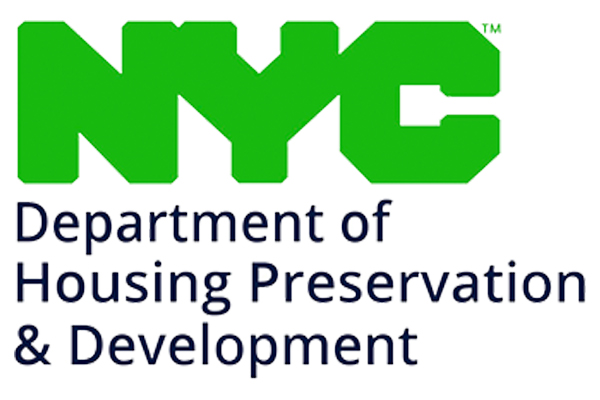
Unraveling the Reality of New York City HPD Violations: Navigating Compliance in the Big Apple
New York City, a bustling metropolis filled with diverse cultures, iconic landmarks, and vibrant neighborhoods, is often perceived as a beacon of opportunity and innovation. However, behind the glitz and glamour lies a complex regulatory landscape that both tenants and landlords must navigate. One such regulatory body that plays a crucial role in ensuring safe and habitable living conditions is the New York City Department of Housing Preservation and Development (HPD). In this blog post, we delve into the world of HPD violations, shedding light on what they are, why they matter, and how they impact the city's housing landscape.
Understanding HPD Violations:
HPD violations are issued by the New York City Department of Housing Preservation and Development for infractions related to building and housing maintenance. These violations can range from minor issues such as peeling paint or broken light fixtures to more serious concerns such as lack of heat or hot water, mold, or structural hazards. The aim of these violations is to ensure that residential buildings adhere to the city's Housing Maintenance Code and provide safe and habitable living conditions for tenants.
The Importance of HPD Violations:
HPD violations play a critical role in safeguarding the well-being of tenants and maintaining the overall quality of housing in New York City. By addressing issues promptly and holding landlords accountable for necessary repairs, HPD violations help prevent potential health hazards and ensure that residents can live comfortably and safely in their homes. Moreover, these violations serve as a mechanism for tenants to assert their rights and seek recourse if their living conditions fall below acceptable standards.
Impacts on Landlords:
For landlords, receiving HPD violations can have significant implications. In addition to the cost of addressing the cited issues, landlords may face fines, legal proceedings, and damage to their reputation. Repeat violations or failure to address critical issues promptly can result in escalating penalties, including the placement of the property in the HPD's Alternative Enforcement Program (AEP), which imposes stringent requirements and oversight.
Navigating Compliance:
For both tenants and landlords, understanding HPD violations and compliance requirements is essential. Tenants should familiarize themselves with their rights under the Housing Maintenance Code and report any concerns to the HPD promptly. Landlords, on the other hand, must prioritize regular maintenance and promptly address any issues to avoid violations and maintain tenant satisfaction. Working proactively to address maintenance concerns not only fosters positive landlord-tenant relationships but also ensures long-term compliance and avoids potential legal repercussions.
Conclusion:
In the dynamic landscape of New York City's housing market, HPD violations serve as a crucial mechanism for upholding standards of safety and habitability. By holding landlords accountable for maintaining their properties and ensuring that tenants' rights are protected, HPD violations play a vital role in fostering a healthy and thriving urban environment. Moving forward, continued collaboration between tenants, landlords, and regulatory agencies will be essential to address housing challenges effectively and ensure that all residents have access to safe and dignified housing in the Big Apple.